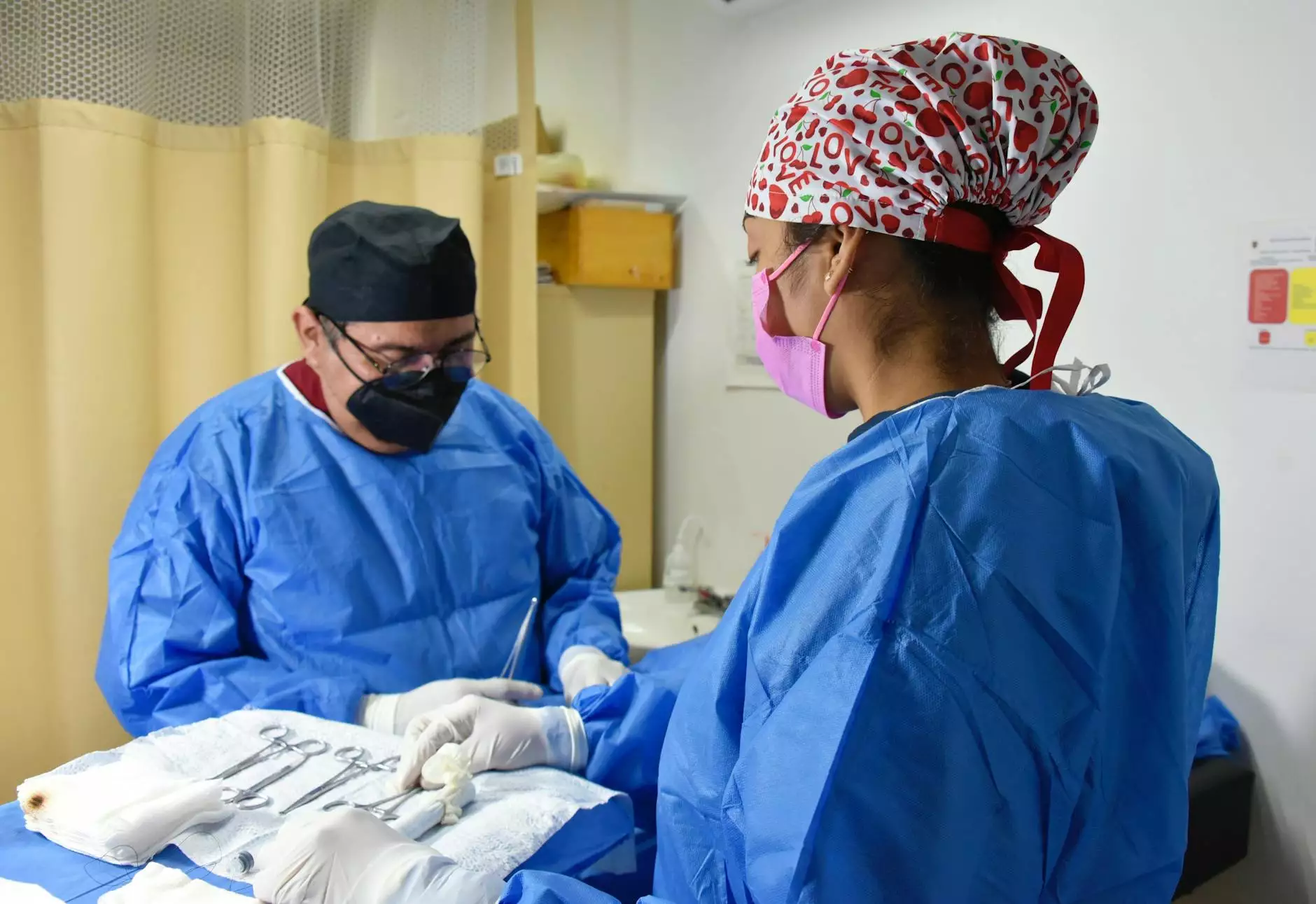Understanding Endometriosis Excision Surgery and Its Benefits

Endometriosis is a chronic and often painful condition that affects millions of women worldwide. Those suffering from this condition endure symptoms that can significantly impact their quality of life. Among the most effective treatment options available today is endometriosis excision surgery, a surgical procedure that aims to remove endometrial tissue that has grown outside the uterus. In this article, we will explore the details of this surgery, its benefits, the procedure, and much more.
What is Endometriosis?
Endometriosis occurs when tissue similar to the lining of the uterus, known as the endometrium, grows outside the uterus. This condition can cause a range of symptoms, including:
- Chronic Pelvic Pain: A hallmark symptom that can severely limit daily activities.
- Painful Periods (Dysmenorrhea): Severe cramps and pain during menstruation.
- Pain during Intercourse: Discomfort or pain during sexual activity.
- Infertility: Difficulty in conceiving can be linked to endometriosis.
- Other Gastrointestinal Symptoms: Such as diarrhea, constipation, bloating, and nausea.
The Importance of Endometriosis Excision Surgery
Endometriosis excision surgery is often considered when other treatment options, such as medications and hormonal therapies, have failed to provide adequate relief. This surgical intervention allows for the targeted removal of endometrial lesions, which can alleviate pain and help improve fertility.
Benefits of Endometriosis Excision Surgery
The advantages of opting for excision surgery are numerous. Here are some key benefits:
- Pain Relief: Many patients experience significant reduction in pelvic pain following the surgery.
- Improved Quality of Life: Relief from chronic pain can lead to a more active and fulfilling life.
- Enhanced Fertility: Removal of endometrial tissue can improve chances of conception for women struggling with infertility.
- Clear Diagnosis: The surgery allows for a definitive diagnosis of endometriosis, helping pave the way for tailored treatment plans.
- Minimized Recurrence: When performed properly, excision surgery can reduce the likelihood of symptoms returning compared to other forms of treatment.
The Procedure of Endometriosis Excision Surgery
Endometriosis excision surgery typically involves the following steps:
- Preoperative Preparation: This includes various tests, including blood tests, imaging studies like ultrasounds or MRIs to identify endometrial lesions.
- Anesthesia: The surgery is usually performed under general anesthesia to ensure the patient is comfortable and pain-free throughout the procedure.
- Surgical Technique: Surgeons may use laparoscopy, a minimally invasive technique that involves small incisions and the use of a camera, or a more traditional open surgery approach based on the extent of endometriosis.
- Excision of Endometrial Tissue: The surgeon carefully excises endometrial lesions from the surrounding tissue, ensuring to preserve healthy tissue where possible.
- Recovery and Postoperative Care: After surgery, patients are monitored and typically sent home the same day or the following day with specific postoperative guidelines.
Recovery After Endometriosis Excision Surgery
Recovery time can vary depending on the individual and the extent of the surgery performed. Here are some important factors to consider:
Postoperative Care
After the procedure, patients should follow their surgeon's instructions closely. Here are some general recovery tips:
- Rest: Allow plenty of time for your body to heal.
- Manage Pain: Use prescribed pain relievers as directed to manage discomfort.
- Hydration and Nutrition: Stay well-hydrated and eat nutritious food to aid the healing process.
- Follow-up Appointments: Attend any scheduled follow-ups to monitor healing and discuss the next steps.
- Gradual Return to Activities: Slowly return to daily activities, avoiding heavy lifting or strenuous exercise for a specified period.
Who Should Consider Endometriosis Excision Surgery?
Women who experience persistent symptoms of endometriosis, especially those not relieved by medication, should strongly consider endometriosis excision surgery. Additionally, those looking to improve their chances of conception may also benefit greatly from this procedure.
Consultation with a Specialist
Consultation with an experienced gynecologist or specialist is critical. They can assess your situation, discuss all available treatment options, and recommend whether excision surgery is appropriate for your specific circumstances. It's essential to choose a surgeon with expertise in this particular area to ensure the best possible outcomes.
Conclusion
In conclusion, endometriosis excision surgery represents a significant advance in the management of endometriosis, offering many women relief from debilitating symptoms and a chance at a better quality of life. By understanding the procedure, its benefits, and who should consider it, women can make informed decisions about their healthcare and take control of their wellness journey. Remember, consulting with a qualified healthcare provider is vital to determine the best course of action for your unique situation.
If you are seeking expert advice on endometriosis management, visit drseckin.com for more information and assistance from highly qualified professionals dedicated to women's health.









